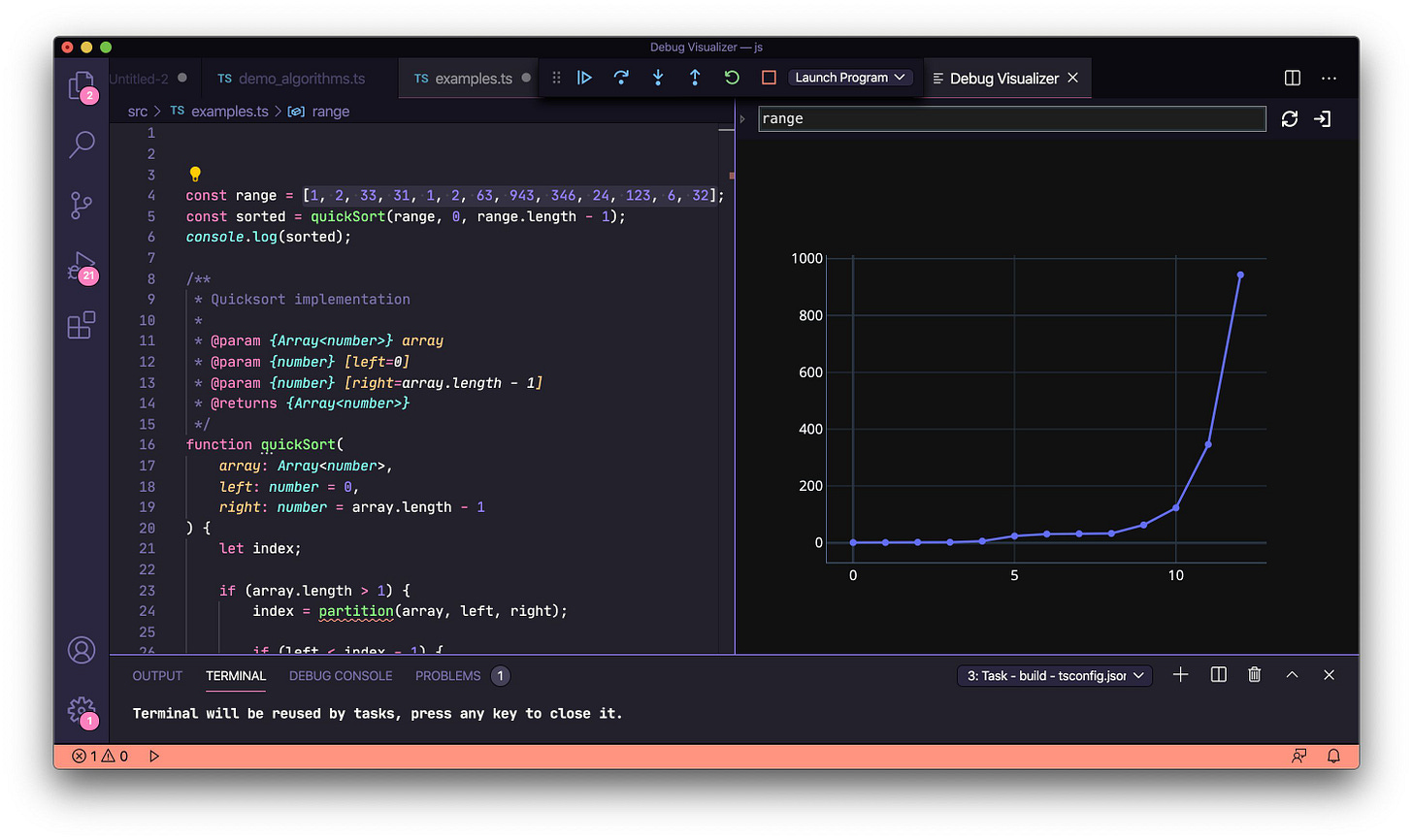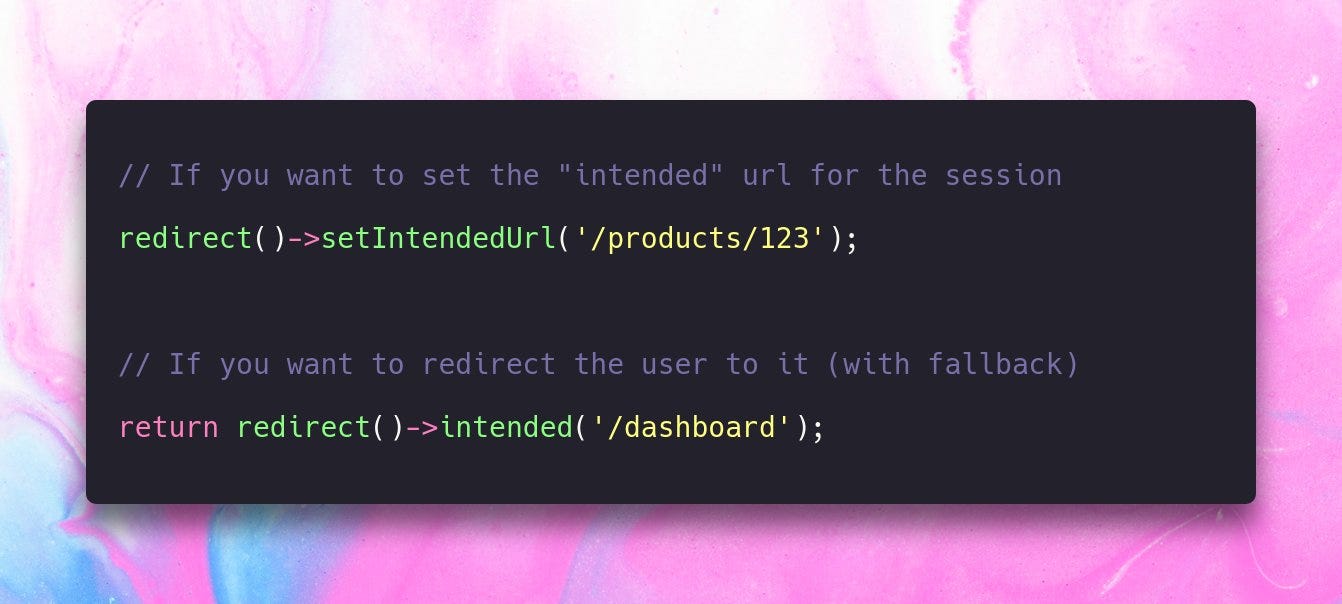#14 Laravel authentication ecosystem, pre-order my Docker Laravel course, and more
Welcome to the 14th Andy's Web Dev Tips newsletter! Here's a few things from the last couple weeks:
Laravel authentication ecosystem overview
Last week Taylor Otwell tweeted an addition to the Laravel Docs that includes a broad overview of the current authentication ecosystem in the framework. Ever since Laravel 8 was released, there’s been a lot of questions surrounding packages like Sanctum, Jetstream, Fortify, and when is an appropriate time to use what.
The Ecosystem Overview in the Authentication docs covers that pretty succinctly, but here’s a general breakdown:
Built-in authentication is handled directly by the vanilla Laravel framework using the Auth and Session facades.
Laravel Fortify is an authentication package that handles cookie-based auth, 2FA, and email verification.
Laravel Jetstream is a free and open-source application scaffold that consumes Laravel Fortify for auth while adding a UI powered by Tailwind and Livewire.
Laravel Passport is a full-featured OAuth2 provider that you can self-host to provide powerful authentication into your app’s API.
Laravel Sanctum is a simplified version of authentication for use in web or API requests, handled automatically by session tokens or generated keys.
What you’ll use can change depending on the needs of your app, but built-in authentication and Sanctum are my go-to’s for the near future.
Pre-orders now open for my Laravel Docker video course
For those of you who haven’t heard, I’m currently in the middle of building a premium video course showing how to use Docker with Laravel from development all the way through to deployment and production environments.
Yesterday I decided to open pre-orders for the course, which will contain 23 videos, full transcripts, and complete code examples. I’ve set the price to $19 USD, but that will go up to $29 after the official release of the video course on November 1st, 2020.
Check it out here: https://gumroad.com/l/cwYKw
Thank you all so much for your support on my YouTube channel, Dev.to blog, this newsletter, and more, it has made doing something like this possible!
Visualize data in VS Code
Addy Osmani posted a really interesting blog article last week showing off details from a Visual Studio Code plugin called VSCode Debug Visualizer.
VSCode is still my go-to editor when I’m not working in a complex project, and this plugin produces beautifully formatted graphs and charts to go along with data coming from your code’s output or raw information.

The screenshot above taken from the blog article demonstrates a range of integers graphed out with the Debug Visualizer. As both a visual learner and someone who regularly needs graphical representations of my code to help understand what’s going on, this could definitely be helpful in quite a few different projects.
GitHub CLI is now available to the public
GitHub announced this week that their own command-line interface tool is now available to the general public. I was a little skeptical of this at first, because I use oh-my-zsh with a git plugin that allows me to do a lot of helpful commands and shortcuts already.
This is a whole lot more than that though.
Besides being able to do general things like checkout a branch or view the status of your current branch, you can:
Create a pull request
View and filter through a repo’s issues
Publish and tag a new release
Approve and mark a pull request as ready to merge
All from the terminal! If you’d like to see a complete list of commands, be sure to check out the manual here.
Today I learned
This little helpful hint comes from Jess Archer on Twitter. By default, Laravel will automatically redirect the user to the intended URL they were trying to access after authentication. However, you can override this with a couple of different methods:

That’s it for now! If you have any questions about the above, or have something you’d like me to check out, please feel free to let me know on Twitter.

